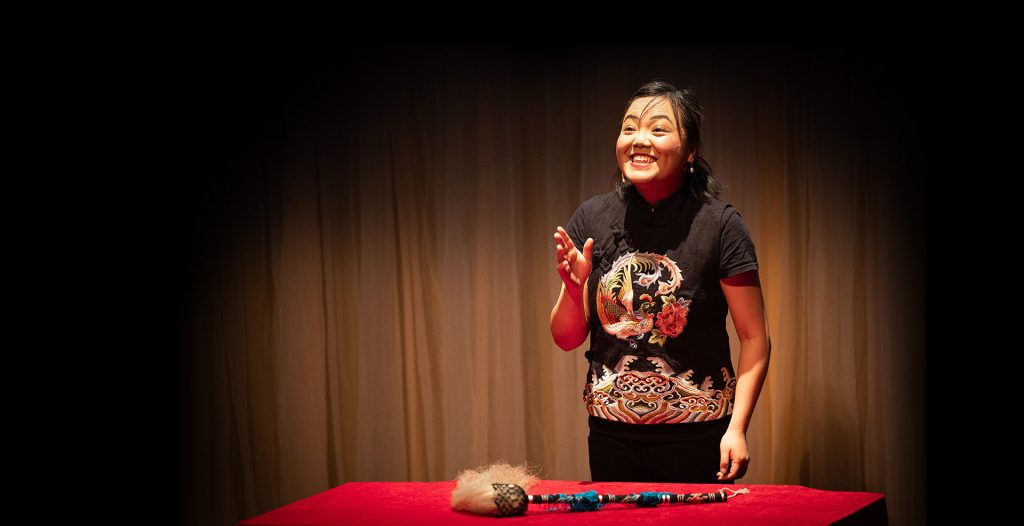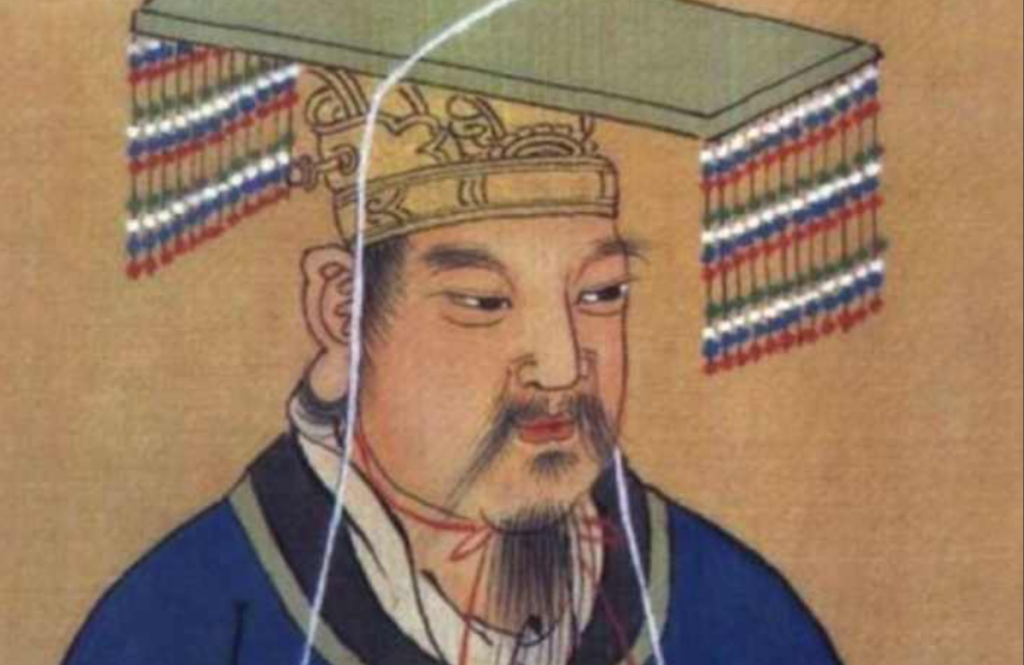Have you heard of Pingshu (评书)?
Pingshu (评书), the Chinese art of storytelling, represents a precious Chinese intangible heritage, with a history dating back over 2000 years. Pingshu represents a precious Chinese intangible heritage, with a history dating back over 2000 years. Pingshu is considered one of the most challenging professions in the performing arts, as it is an art form in which a single person embodies several roles throughout the performance. Unlike opera, theatre, film and television, where performers usually play a single role or several roles as a team, it relies entirely on the artist's ability to bring a multitude of characters to life.

Origins of Pingshu - Legendary Version

In an ancient Chinese kingdom, King Zhouzhuang ruled with wisdom and harmony until betrayal shook his peace. His son, once the jewel of the kingdom, conspired to take the throne, breaking the king's heart. Rather than anger, Zhouzhuang chose to protect the values of his kingdom. He entrusted his advisors with three symbolic stage objects: a sword that metamorphosed into a fan, a seal that became a wood block, and an edict transformed into a handkerchief. These messengers spread wisdom throughout the kingdom, supported by the artists of Pingshu, masters of eloquence and reflection.
Today, their legacy lives on in transmitting eternal wisdom and immortal lessons. Artists often create wonders behind a table with few accessories.
Archaeological Version
In 1957, archaeologists in the Chinese city of Chengdu discovered a Donghan tomb over 2,000 years old. Among its artifacts, two statues stand out. One depicts a Pingshu artist, vibrant with life, with his drum and headband, captivating his audience with his melodious tales. This extraordinary discovery illuminates the ancient history of this artistic practice.


